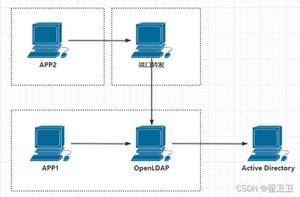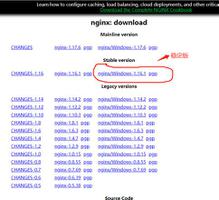python学习笔记:安装boost python库以及使用boost.python库封装

学习是一个累积的过程。在这个过程中,我们不仅要学习新的知识,还需要将以前学到的知识进行回顾总结。
前面讲述了Python使用ctypes直接调用动态库和使用Python的C语言API封装C函数, C++写python扩展模块有很多种方式,我选择的是boost.python来编写的,感觉这个要比其他的方式要简单很多,本文概述方便封装C++类给Python使用的boost_python库。
:
sudo aptitude install libboost-python-dev
示例
下面代码简单实现了一个普通函数maxab()和一个Student类:
#include <iostream>#include <string>
int maxab(int a, int b) { return a>b?a:b; }
class Student {
private:
int age;
std::string name;
public:
Student() {}
Student(std::string const& _name, int _age) { name=_name; age=_age; }
static void myrole() { std::cout << "I'm a student!" << std::endl; }
void whoami() { std::cout << "I am " << name << std::endl; }
bool operator==(Student const& s) const { return age == s.age; }
bool operator!=(Student const& s) const { return age != s.age; }
};
使用boost.python库封装也很简单,如下代码所示:
#include <Python.h>#include <boost/python.hpp>
#include <boost/python/suite/indexing/vector_indexing_suite.hpp>
#include <vector>
#include "student.h"
using namespace boost::python;
BOOST_PYTHON_MODULE(student) {
// This will enable user-defined docstrings and python signatures,
// while disabling the C++ signatures
scope().attr("__version__") = "1.0.0";
scope().attr("__doc__") = "a demo module to use boost_python.";
docstring_options local_docstring_options(true, false, false);
def(
"maxab", &maxab, "return max of two numbers.\n"
);
class_<Student>("Student", "a class of student")
.def(init<>())
.def(init<std::string, int>())
// methods for Chinese word segmentation
.def(
"whoami", &Student::whoami, "method's doc string..."
)
.def(
"myrole", &Student::myrole, "method's doc string..."
)
.staticmethod("myrole");
// 封装STL
class_<std::vector<Student> >("StudentVec")
.def(vector_indexing_suite<std::vector<Student> >())
;
}
上述代码还是include了Python.h文件,如果不include的话,会报错误:
wrap_python.hpp:50:23: fatal error: pyconfig.h: No such file or directory
编译
编译以上代码有两种方式,一种是在命令行下面直接使用g++编译:
g++ -I/usr/include/python2.7 -fPIC wrap_student.cpp -lboost_python -shared -o student.so
首先指定Python.h的路径,如果是Python 3的话就要修改为相应的路径,编译wrap_student.cpp要指定-fPIC参数,链接(-lboost_python)生成动态库(-shared)。 生成的student.so动态库就可以被python直接import使用了
In [1]: import studentIn [2]: student.maxab(2, 5)
Out[2]: 5
In [3]: s = student.Student('Tom', 12)
In [4]: s.whoami()
I am Tom
In [5]: s.myrole()
I'm a student!
另外一直方法是用python的setuptools编写setup.py脚本:
#!/usr/bin/env pythonfrom setuptools import setup, Extension
setup(name="student",
ext_modules=[
Extension("student", ["wrap_student.cpp"],
libraries = ["boost_python"])
])
然后执行命令编译:
python setup.py buildor
sudo python setup.py install
学习笔记整理于猿人学教程
以上是 python学习笔记:安装boost python库以及使用boost.python库封装 的全部内容, 来源链接: utcz.com/z/388057.html








